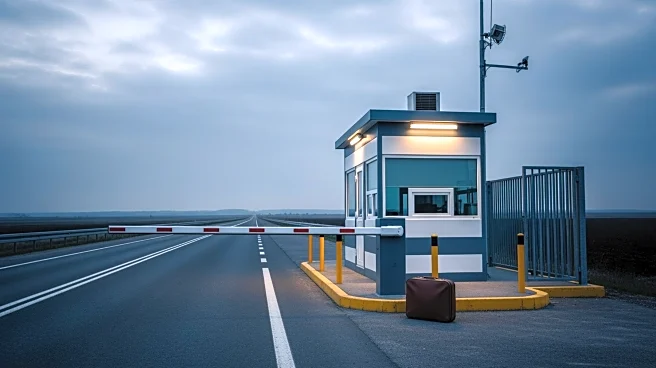What's Happening?
President Trump signed legislation on November 12, 2025, that officially ended the longest government shutdown in U.S. history, lasting 43 days. The House of Representatives passed the funding package
with a vote of 222-209, following the Senate's approval. The shutdown had significant impacts, including restricted operations at major airports due to air traffic controllers not working without pay, and the suspension of SNAP payments affecting millions of Americans. Federal employees, including those furloughed and those working without pay, are set to receive back pay. The Smithsonian museums and other federal institutions are reopening on a rolling basis.
Why It's Important?
The end of the shutdown is crucial for restoring normalcy in federal operations and services. The resumption of SNAP payments is vital for low-income families who rely on these benefits for food security. The reopening of airports and federal institutions like museums marks a return to regular activities, impacting tourism and travel. The back pay for federal workers helps alleviate financial stress caused by the shutdown. The resolution of the shutdown also reflects political negotiations and compromises, highlighting the complexities of federal budgetary processes.
What's Next?
Federal agencies are working to process back pay for employees, with payments expected between November 15-19, depending on the agency. SNAP payments are resuming, with timing varying by state. The reopening of federal institutions will continue, with some museums and research centers scheduled to open by November 17. The political landscape may see further debates on budget allocations and government funding, influencing future negotiations and legislative actions.












